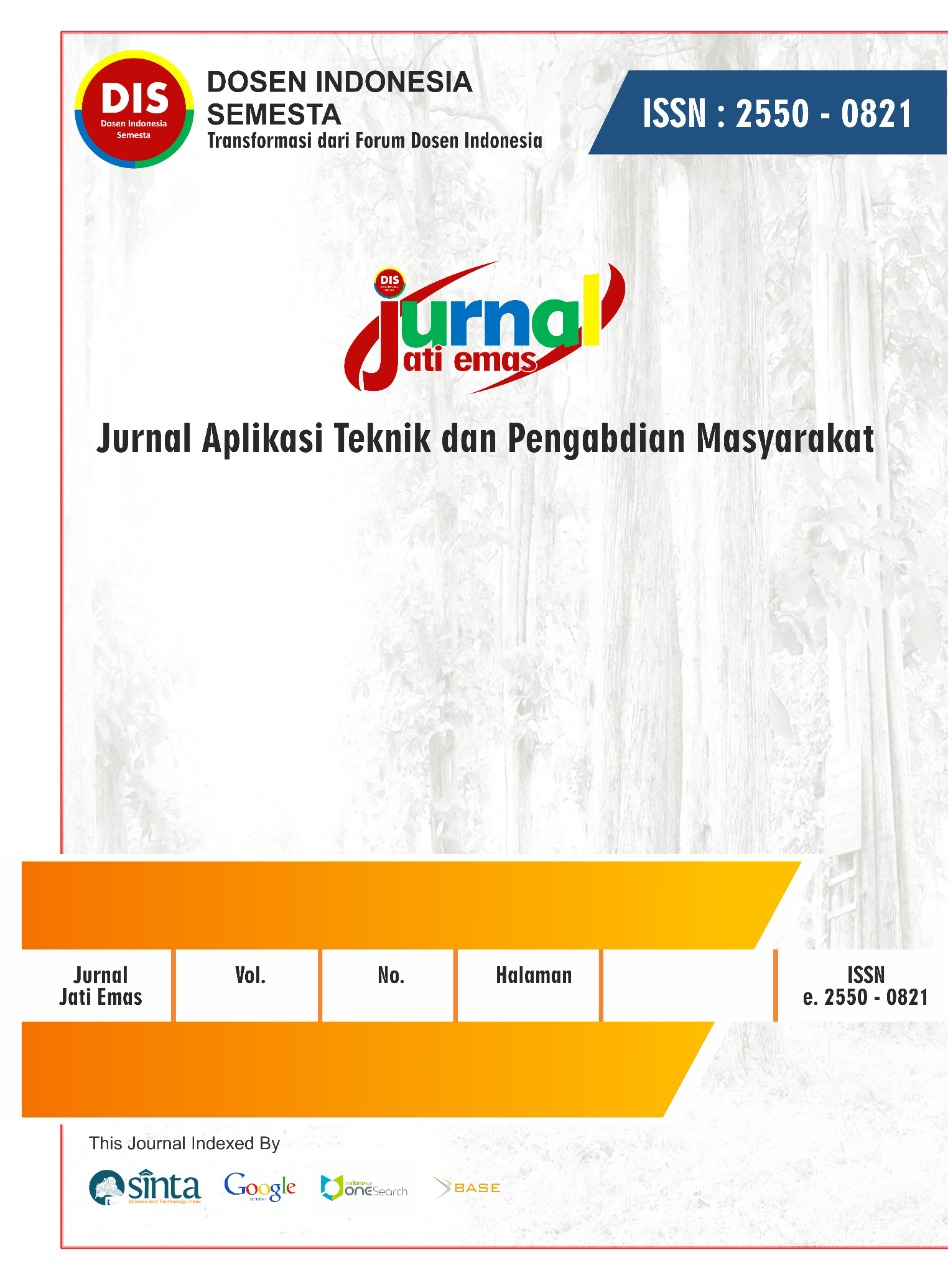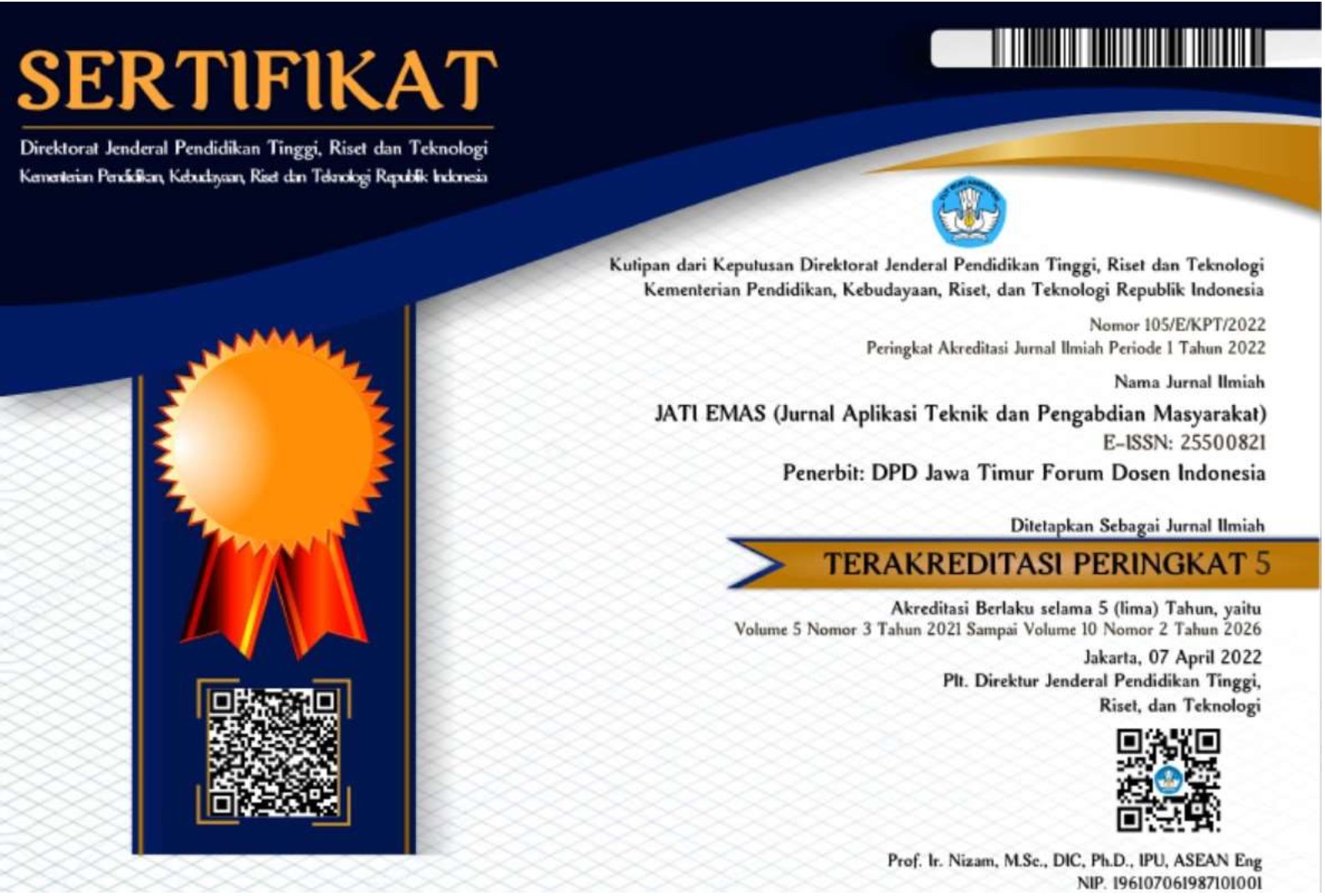Minimizing Production Line Waste Using Waste Assessment Model and Failure Mode and Effect Analysis Method
Meminimasi Pemborosan di Lini Produksi Menggunakan Metode Waste Assessment Model dan Failure Mode and Effect Analysis
DOI:
https://doi.org/10.12345/je.v9i1.237Keywords:
Lean Manufacturing, Waste, Waste Assessment Model, Failure Mode and Effect AnalysisAbstract
PT XYZ is a company engaged in the manufacturing industry, which produces feed for chickens and cattle. In carrying out the process to fulfill daily production orders, the production target of 15 batches/hour or 45 tons/hour and the production target of the company's key performance indicator of 42.73 tons/hour, often cannot be achieved. This is due to the presence of seven wastes. The waste consists of over production, unnecessary inventory, defects, unnecessary motion, excessive transportation, inappropriate processing, and waiting. This can be overcome with a lean manufacturing approach through the waste assessment model and failure mode and effect analysis methods. The waste assessment model obtained three main wastes including defects (22.29%), waiting (15.79%), and transportation (15.71%). The FMEA (failure mode and effect analysis) method was applied to identify sub-wastes with high and very high RPN (risk priority number) categories from the defect, waiting, and transportation sub-wastes. Recommendations for improvement have been given, but have not been implemented in the company. It is hoped that the results of this analysis can have a positive impact and help achieve the target for animal feed production.






